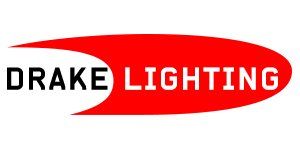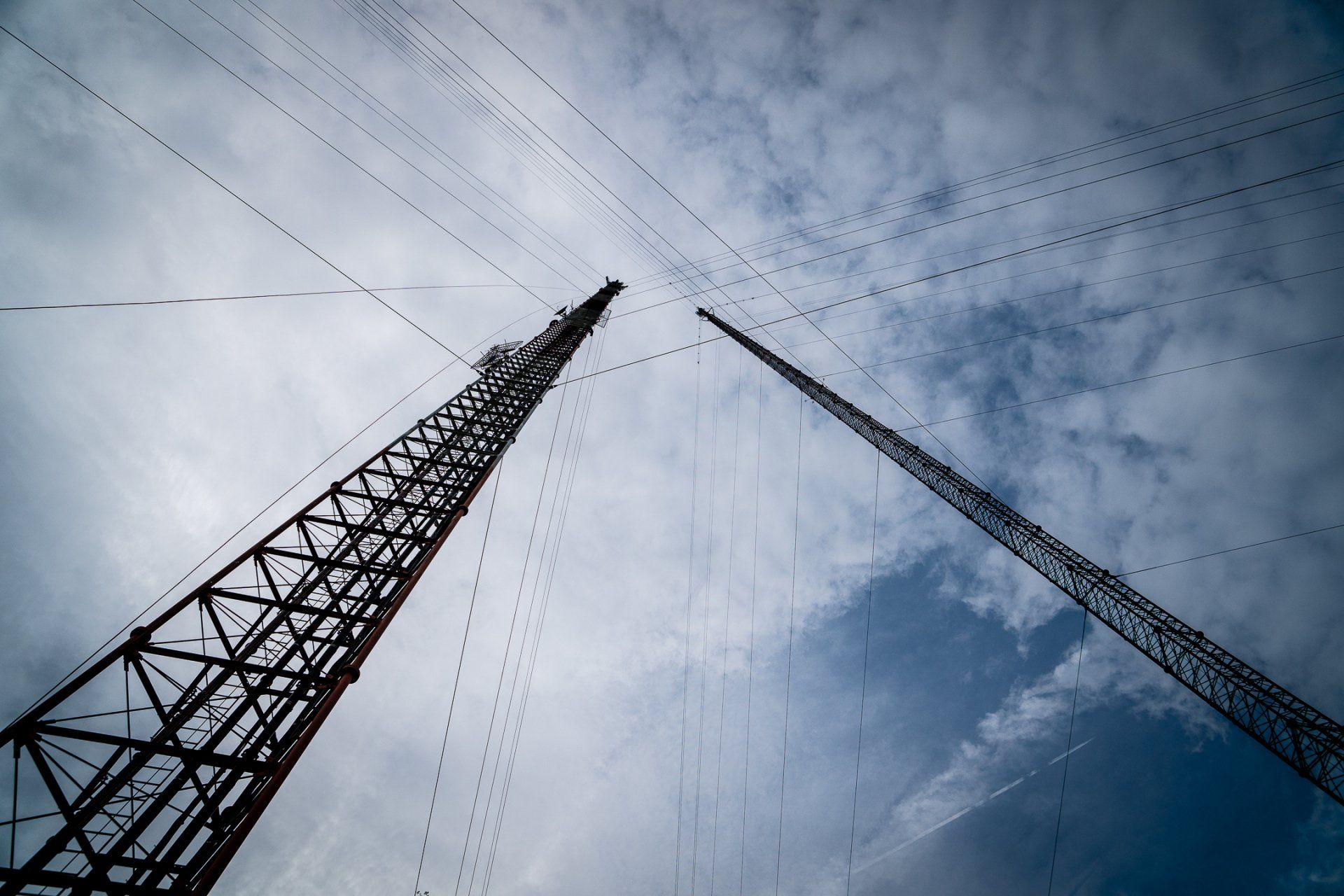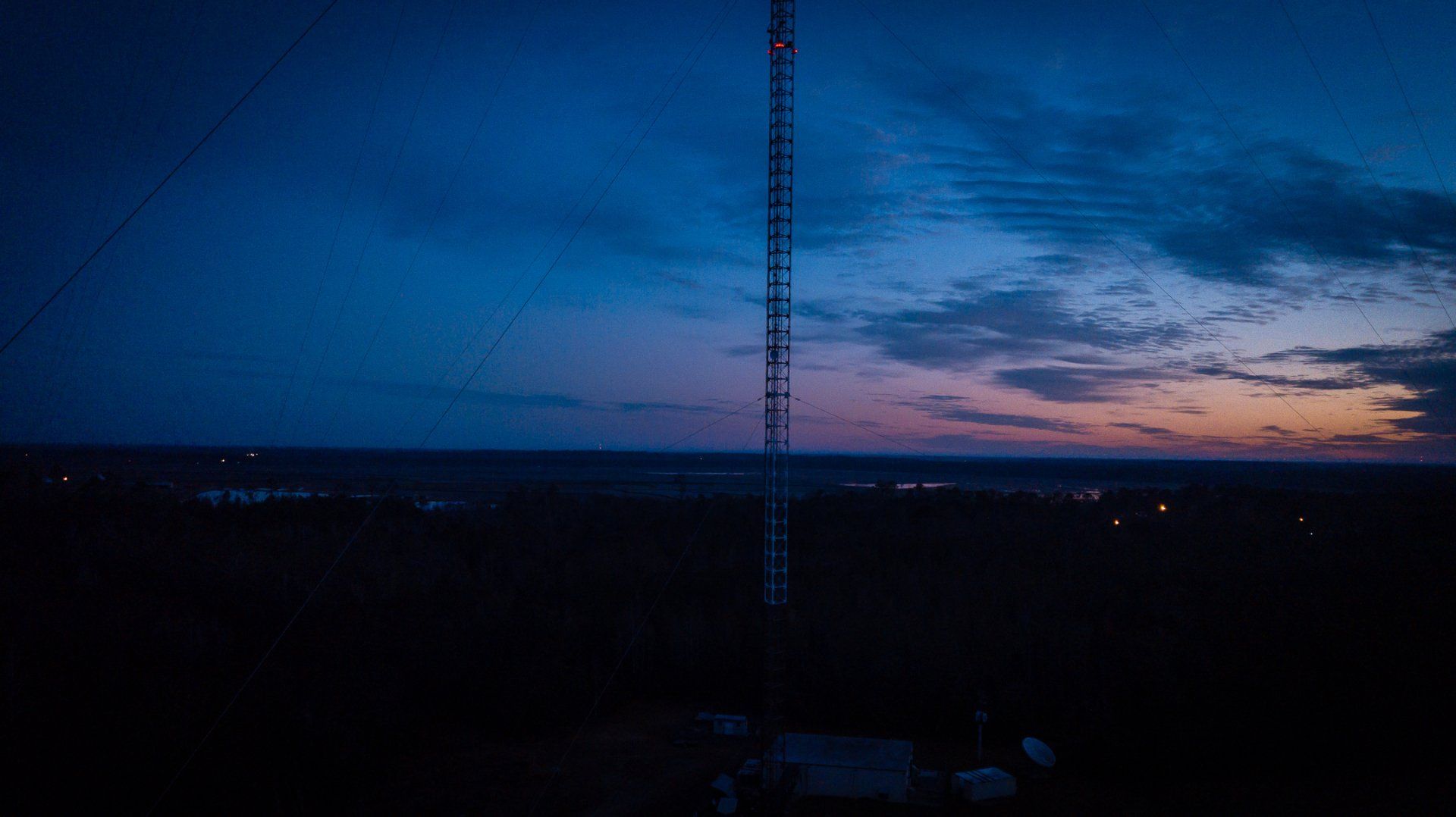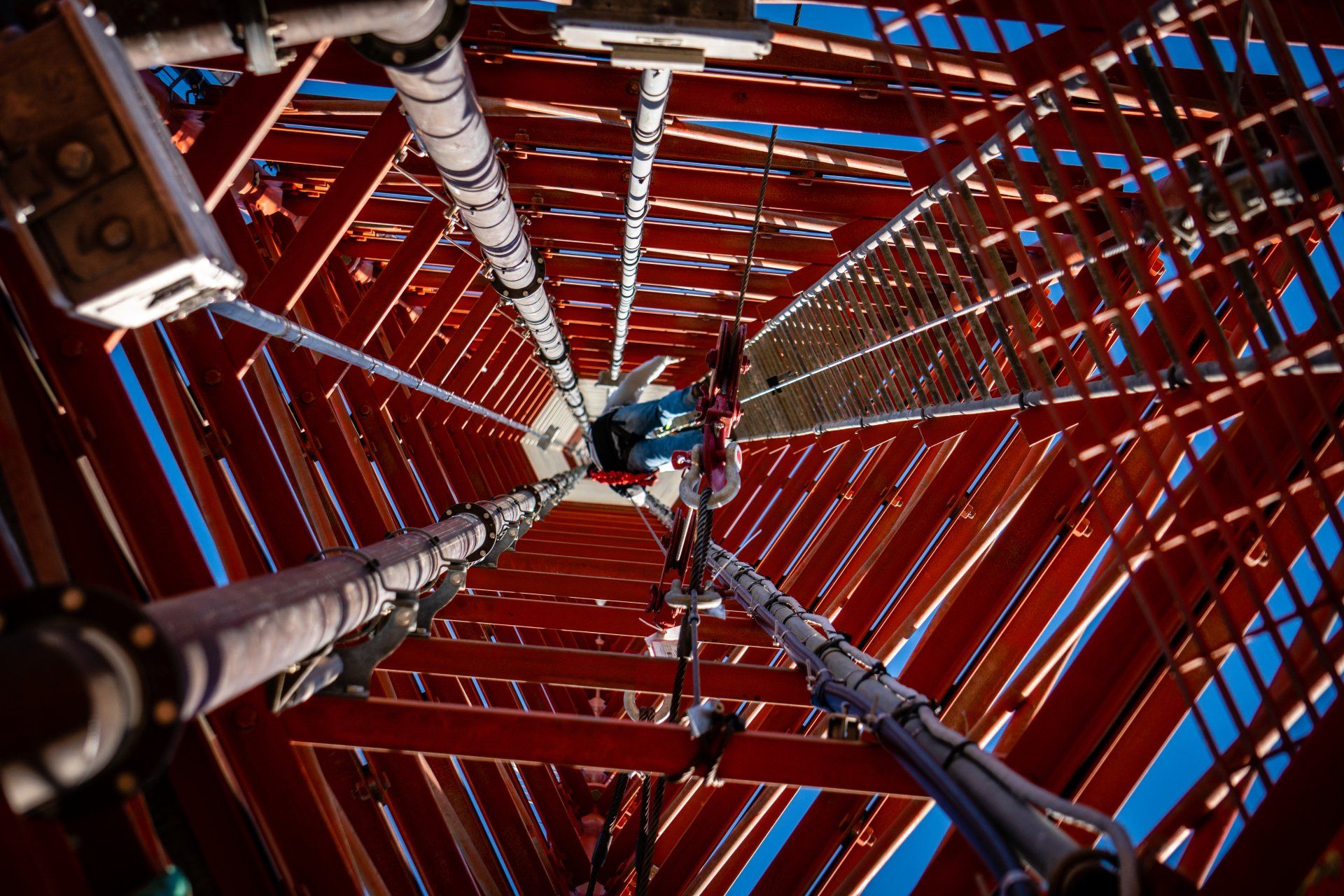Drake Lighting
Why LED Lighting Systems Offer Advantages for Tower Operators
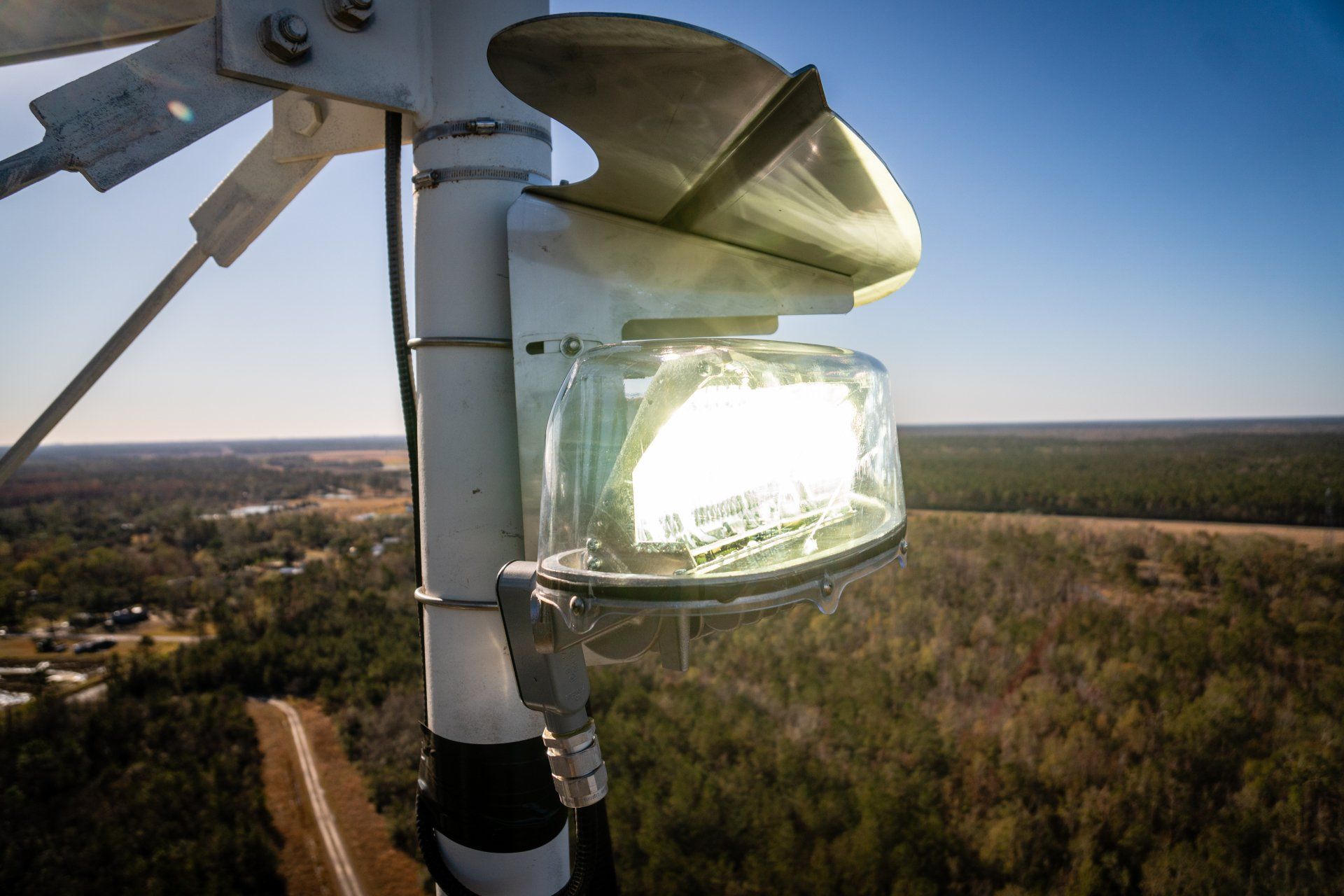
Redundancies in LED lighting systems and keeping active components off of the tower improve reliability and eliminate most reasons why a tower would have to be climbed to make repairs.
Obstruction lighting systems certified by the Federal Aviation Administration (FAA) help businesses and government agencies of all kinds satisfy requirements for making physical objects more obvious to aviators. Among those businesses and agencies are owners of improved real estate, airport operators and owners of telecommunications towers, such as cell towers and broadcast towers. Examples of objects that may require obstruction marking include communications towers, wind turbines, tall structures, chimney stacks, flare stacks, water tanks and buildings.
Towers more than 199 feet tall have to be marked as aviation obstructions. Other, shorter towers also may require marking if they are near enough to airports. FAA regulations specify distances and heights in relation to airport boundaries and flight paths.
The regulations offer a choice between using paint or lights to mark towers during daytime hours. Lights must be used to mark towers during nighttime hours.
In everyday life, you may have noticed a wide variety of types of lights or lamps used for lighting. Examples include incandescent, compact fluorescent, halogen, metal halide, light-emitting diode (LED), fluorescent, neon, high-intensity discharge and low-pressure sodium. For decades, incandescent lights made up the overwhelming majority of lights used to mark aviation obstructions. More recently, the use of LED lights for obstruction marking has become popular, and the reasons are many.
With LED lights, except for the lights themselves and wiring, the entire system is installed at ground level, eliminating the need for climber repair. The tower itself hosts no active components, which reduces the chance of severe damage to illumination systems.
use of on board redundancies for critical components, such as the power supply driver circuit and the flash circuit, reduce the chance of malfunctions. With special filter design and the use of multiple small capacitors, it is possible to eliminate electromagnetic interference and radiofrequency interference (EMI/RFI) noise from the equipment, including any noise from the antenna.
System Reliability
When lighting systems are strategically designed with redundancy in mind, each component mitigates safety problems to ensure system reliability. Effective steps exclude the DC power supply from the beacon and include lightning surge protection with system components to provide quicker reactions.
Reliability is also improved when monitoring and control circuitry, the photocell and capacitors are not placed in the beacon. It also is important not to situate processor-to processor communications between the beacon and the power control unit.
Redundancies increase a lighting system's longevity and offer monetary and energy-saving advantages. Lighting systems last longer when they are specifically fabricated to maximize operability and increase longevity while decreasing maintenance requirements through a user-friendly interface. Engineered redundancies allow lighting systems to maintain effectiveness, even in the unlikely event of a component failure.
Redundancies
Some examples of useful redundancies in a lighting system's power control unit include the use of two DC power supplies, two driver circuits, two flash circuits and additional capacitors in case some should fail. It helps to equip the power control unit, the beacon and alarm circuits with passive surge protection of the resonant circuit type to isolate transient surges that may find their way onto these inputs. A resonant circuit combines capacitance and inductance such that a periodic electric oscillation reaches its maximum amplitude. According to the FAA, pilots using night vision imaging system (NVIS) equipment that filters adverse effects of cockpit lighting may not be able to see LED-based obstruction lighting. An inability to see obstruction lighting poses a safety risk to pilots, passengers and ground personnel. The use of night vision goggles (NVGs) offsets the risk by amplifying ambient light, improving pilots' vision to allow them to see terrain and other possible hazards in the dark. Infrared (IR) technology allows obstruction lighting to be seen with NVIS equipment. Obstruction lighting systems equipped with IR technology ensure the safety of all who rely on the lighting systems.
Avian Compliance
Designing and setting flash rates and flash markers in a way that complies with avian safety helps lighting systems to avoid posing risks to migratory birds and other avians. It is a way to improve the safety for everyone, including our feathered friends.
You might also like
Drake Lighting | News Flash Blog
Get Your FREE Obstruction Lighting analysis today!
Contact a us today for a full review of your application and support on what would be the best solution for your needs!
60+ Years of Obstruction Lighting Experience
Our team of experienced obstruction lighting and tower professionals are based out of Paducah, Kentucky. We are driven by customer service and a passion for innovative obstruction lighting solutions. We invite you to discover the numerous features that all point to the same focus; delivering aviation obstruction lighting solutions that are
Easy to
Order, Easy to
Handle
and Easy to
Install.
FREE ASSESSMENTS
Our team of experienced professionals will come to your site to assess your needs regardless of the application. FREE OF CHARGE!
FREE REFILINGS
We'll do the busy work in dealing with FAA to get your tower or tall structure filed and compliant according to FAA lighting requirements.
IMMEDIATE PEACE OF MIND
Let us be the lighting experts! With Drake Lighting we take care of all your compliance and obstruction lighting requirements!
Quick & Reliable
We are available via email, online chat, or telephone
All Rights Reserved | Drake Lighting Inc.
